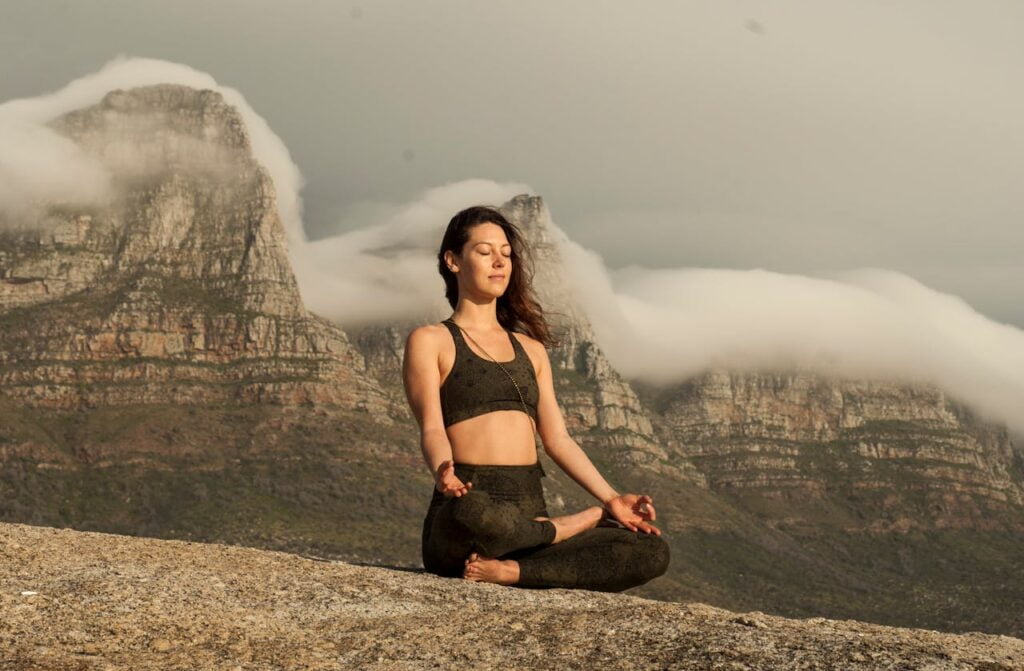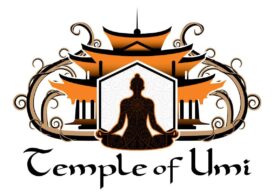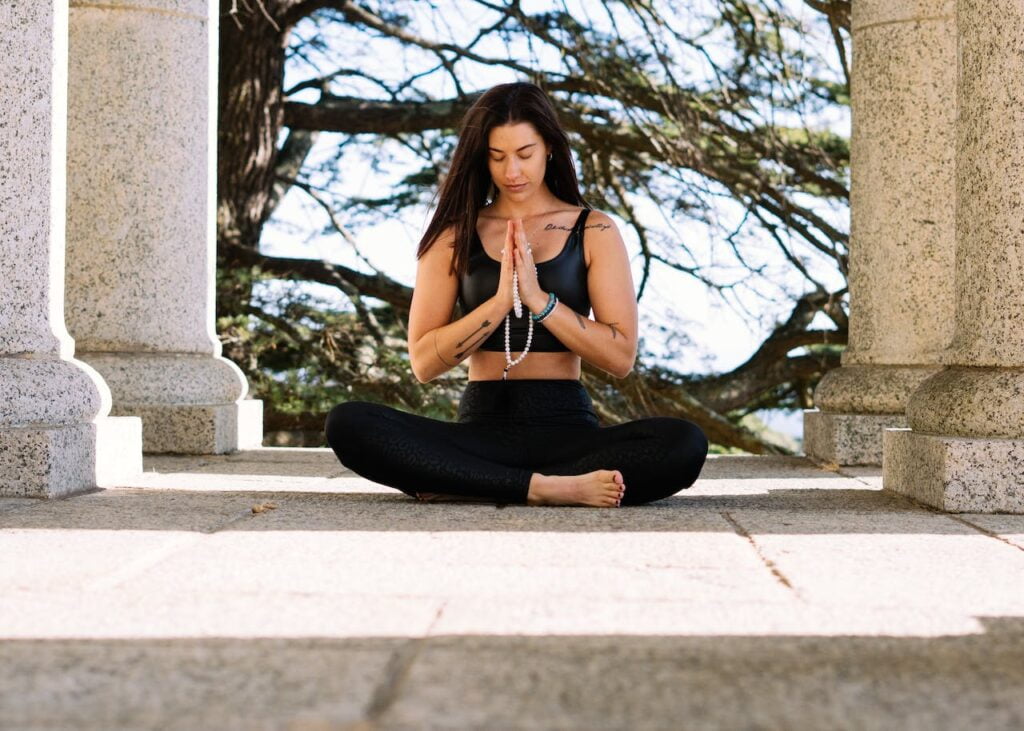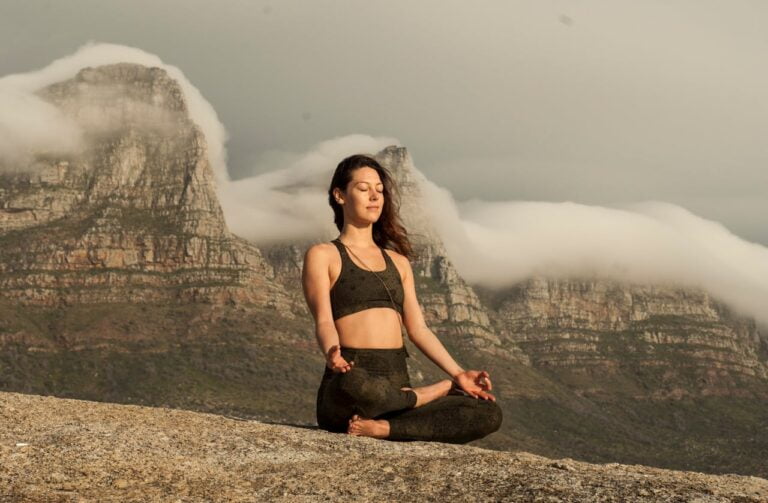Enhance your morning meditation practice by incorporating affirmations and mantras. Discover how these powerful tools can boost positivity, cultivate self-awareness, and manifest your goals.
Introduction to Morning Meditation
Understanding the Importance of Morning Rituals
Morning rituals set the tone for the day, providing a foundation for productivity, clarity, and emotional balance. Within this context, morning meditation emerges as a powerful practice, offering a pathway to cultivate mindfulness and inner peace right from the start of the day. By understanding the significance of morning rituals, individuals can harness the transformative potential of meditation to enhance their overall well-being and fulfillment.
Benefits of Incorporating Meditation into Your Morning Routine
They incorporate meditation into your morning routine, which yields many benefits that positively impact various aspects of your life. From reducing stress and anxiety to improving focus and concentration, the benefits of morning meditation extend far beyond the meditation cushion. By committing to a regular morning meditation practice, individuals can experience heightened clarity, resilience, and emotional stability, empowering them to navigate life’s challenges with greater ease and grace. Learn more.
Overview of What to Expect in this Guide
In this comprehensive guide to morning meditation, we will delve into the intricacies of establishing a fulfilling morning meditation practice. From exploring different meditation techniques to overcoming common challenges, this guide is designed to equip you with the knowledge and tools to embark on your journey towards a more mindful and intentional way of starting your day. Expect to uncover practical tips, insights, and actionable steps to help you cultivate a morning meditation routine that nourishes your mind, body, and spirit.
Getting Started with Morning Meditation
Setting the Right Intentions
Setting intentions is a crucial aspect of establishing a meaningful morning meditation practice. Begin by reflecting on why you want to incorporate meditation into your mornings. Whether you want to cultivate inner peace, reduce stress, or enhance focus, clarifying your intentions will provide direction and motivation for your practice. Take a few moments each morning to reaffirm your intentions, visualizing meditation’s positive impact on your day ahead.
Creating a Sacred Space for Practice
Creating a dedicated space for your morning meditation can significantly enhance your experience. Choose a quiet and clutter-free area where you feel comfortable and undisturbed. Consider adding elements that inspire tranquility, such as candles, cushions, or meaningful objects. This sacred space serves as a sanctuary for your practice, signaling to your mind and body that it’s time to enter a state of mindfulness and presence.
Choosing the Ideal Time for Your Meditation
Selecting the ideal time for your morning meditation depends on your schedule and personal preferences. Some prefer to meditate as soon as they wake up, while others find it beneficial to meditate after completing certain morning rituals. Experiment with different times to determine what works best for you. Remember that consistency is critical, so establish a regular meditation routine that aligns with your lifestyle and allows you to start your day with clarity and centeredness. Learn more.
Techniques for Morning Meditation
Mindfulness Meditation
Mindfulness meditation involves bringing your attention to the present moment without judgment. Begin by finding a comfortable seated position and focusing on your breath or a specific anchor point, such as sensations in your body or sounds in your environment. When your mind wanders, gently redirect your attention to your chosen focal point. Through consistent practice, mindfulness meditation cultivates awareness, resilience, and a deeper connection to the present moment, making it an ideal technique for morning meditation.
Guided Visualization
Guided visualization uses mental imagery to evoke relaxation, positivity, and empowerment. Find a guided meditation or visualization script that resonates with you and listen to it as part of your morning routine. Close your eyes, follow the instructions, and immerse yourself in the vivid imagery presented. Guided visualization can help reduce stress, increase self-confidence, and manifest your goals, making it a valuable addition to your morning meditation practice.
Breath Awareness Exercises
Breath awareness exercises focus on observing and regulating the breath to promote relaxation and mindfulness. Begin by finding a comfortable position and bringing your attention to your breath. Notice the sensation of each inhale and exhale, the rhythm of your breathing, and any areas of tension or resistance. You can enhance breath awareness by incorporating diaphragmatic breathing, alternate nostril breathing, or counting breaths. These exercises foster a deeper connection to your body and breath, facilitating a sense of calm and presence throughout your day. Learn more.

Overcoming Common Challenges
Dealing with Distractions: Distractions are inevitable, especially during morning meditation, when the mind may still be transitioning from sleep to wakefulness. Here are some strategies to help you deal with distractions:
Create a Sacred Space: Designate a quiet, clutter-free space for your morning meditation. Turn off electronic devices and close the door to minimize potential distractions.
Set Intentions: Before beginning your meditation, set clear intentions for your practice. Remind yourself of the purpose of your meditation, whether it’s to cultivate inner peace, clarity, or focus. This can help anchor your attention and minimize wandering thoughts.
Focus on the Breath: Whenever your mind wanders, gently bring your focus back to your breath. Notice the sensation of each inhale and exhale, allowing it to anchor you in the present moment.
Practice Non-Judgmental Awareness: Instead of becoming frustrated with yourself for getting distracted, practice observing your thoughts with curiosity and kindness. Acknowledge distractions without judgment and gently guide your attention to your meditation object.
Use Guided Meditations: Guided meditations can provide structure and guidance, making it easier to stay focused and engaged. Choose a meditation app or audio recording that resonates with you and follow along as the narrator leads you through the practice.
Managing Morning Fatigue
Morning fatigue can make it challenging to engage in meditation, but with the right strategies, you can overcome this obstacle:
Start Slow: If you struggle with morning fatigue, gradually ease into your meditation practice. Begin with shorter sessions and gradually increase the duration as your energy levels improve.
Hydrate: Drink a glass of water upon waking to rehydrate your body and kickstart your metabolism. Dehydration can exacerbate fatigue, so staying hydrated is essential for maintaining energy levels throughout the day.
Move Your Body: Before your meditation practice, engage in gentle stretching or yoga to wake up your body and increase circulation. Movement can help alleviate stiffness and lethargy, making sitting still and focusing during meditation easier.
Practice Mindful Movement: Consider incorporating mindfulness practices such as qigong or tai chi into your morning routine. These gentle exercises combine movement with breath awareness, helping to energize the body and quiet the mind.
Experiment with Different Times: If morning fatigue persists, meditate at different times throughout the day to find what works best for you. Some people find that they have more energy and mental clarity later in the day, while others prefer the morning’s tranquility.
Maintaining Consistency in Your Practice
Consistency is critical to reaping the full benefits of morning meditation. Here’s how you can establish and maintain a regular meditation routine:
Set Realistic Goals: Start small and set achievable goals for your meditation practice. Whether meditating for five minutes every morning or committing to a daily meditation challenge, ensure your goals are realistic and attainable.
Establish a Routine: Incorporate meditation into your morning routine by choosing a specific time and place to practice each day. Consistency is key, so aim to meditate at the same time and place to reinforce the habit.
Use Reminders: Set reminders or alarms to prompt you to meditate each morning. This can help reinforce the habit and ensure you remember to practice, especially during busy mornings.
Find an Accountability Partner: Share your meditation goals with a friend, family member, or meditation buddy who can help keep you accountable. Check in regularly to discuss your progress and offer support and encouragement.
Be Flexible: Life can be unpredictable, so be prepared to adapt your meditation routine as needed. Be easy on yourself if you miss a session or have an unclear schedule. Instead, acknowledge the setback and recommit to your practice moving forward.
Tailoring Your Practice to Your Needs
Adjusting Your Routine for Different Schedules
Morning meditation is a flexible practice that can be adapted to fit various schedules. Whether you’re an early riser or have a packed morning routine, finding the right time for meditation is crucial. For those with limited time, consider starting with just a few minutes each morning and gradually increasing the duration as you become more comfortable. Alternatively, you can incorporate meditation into activities like showering or preparing breakfast, turning them into mindful rituals. Experiment with different morning times to find what works best for you, and be open to adjusting your routine as needed.
Adapting Meditation for Various Skill Levels
Meditation is a journey that can be tailored to accommodate practitioners of all skill levels. Beginners may benefit from guided meditations or simple breath awareness exercises to help quiet the mind and build focus. As you progress, you can explore techniques such as body scans, loving-kindness meditation, or visualization exercises to deepen your practice. Experienced meditators may seek advanced techniques like transcendental meditation or Vipassana to refine their skills further and deepen their understanding of consciousness. Remember that meditation is a personal journey, so don’t be afraid to adapt your practice to suit your current experience and comfort level.
Exploring Advanced Techniques for Experienced Practitioners
For experienced practitioners looking to take their meditation practice to the next level, exploring advanced techniques can offer new insights and challenges. Advanced techniques often involve more profound levels of concentration and awareness, requiring a more significant commitment to regular practice. Techniques such as mindfulness of breath, insight meditation, or body scanning can help cultivate a more profound sense of presence and awareness. Additionally, practices like Kundalini meditation or transcendental meditation may introduce concepts of energy work or mantra repetition to elevate consciousness and facilitate spiritual growth. Remember to approach advanced techniques with an open mind and a willingness to explore new possibilities on your meditation journey.
Tracking Progress and Growth
Setting Goals and Milestones
Setting goals and milestones can help you stay motivated and focused on your meditation journey. Whether you’re aiming to meditate for a certain number of days in a row, increase the duration of your sessions, or cultivate specific qualities like compassion or equanimity, having clear goals can provide direction and purpose to your practice. Start by setting small, achievable goals and gradually increase the challenge as you progress. Celebrate each milestone and use them as opportunities to reflect on your progress and growth. Remember that meditation is a lifelong journey, so be patient and compassionate with yourself as you work towards your goals.
Celebrating Successes and Learning from Setbacks
As you progress on your meditation journey, it’s important to celebrate your successes and acknowledge your progress. Whether it’s reaching a milestone, experiencing a breakthrough in your practice, or simply showing up consistently, take time to celebrate your achievements and acknowledge the effort you’ve put in. At the same time, be gentle with yourself when setbacks occur. Setbacks are a natural part of any practice, offering valuable opportunities for growth and learning. Instead of dwelling on setbacks, use them as opportunities to reflect on what you’ve learned and how you can adjust your approach moving forward. Remember that every moment is an opportunity to begin again, and your journey is defined not by your setbacks but by how you respond to them.
Cultivating Mindfulness Beyond Meditation
Bringing Mindfulness into Daily Activities
Incorporating mindfulness into your daily activities is a powerful way to extend the benefits of morning meditation throughout your day. By consciously engaging with each moment, you can cultivate a more profound sense of presence and awareness in everything you do. Here are some practical ways to bring mindfulness into your daily life:
Mindful Eating: Instead of rushing through meals, take the time to savor each bite. Pay attention to the flavors, textures, and sensations of the food. Eating mindfully can enhance your enjoyment of meals and help you make healthier choices.
Mindful Walking: Walking to work, taking a stroll in nature, or simply moving from one room to another brings awareness to each step. Feel the ground beneath your feet, notice the rhythm of your breath, and appreciate the sights and sounds around you.
Mindful Communication: Practice active listening and genuine presence when interacting with others. Be fully present in conversations without judgment or distraction. Mindful communication can deepen your connections with others and foster empathy and understanding.
Mindful Work: Approach your work tasks with mindfulness and focus. Take regular breaks to pause, breathe, and reset your attention. Bringing mindfulness into your workday can enhance productivity, creativity, and overall job satisfaction.
Nurturing a Mindful Lifestyle
Embracing a mindful lifestyle means prioritizing presence, awareness, and intentionality in all aspects of your life. It involves cultivating inner peace and contentment, regardless of external circumstances. Here are some ways to nurture a mindful lifestyle:
Establishing Daily Rituals: Create daily rituals that support your well-being and mindfulness practice. Whether it’s morning meditation, journaling, or yoga, establish routines that help you stay grounded and centered.
Practicing Gratitude: Cultivate gratitude for the blessings in your life, both big and small. Take time each day to reflect on what you’re thankful for and express appreciation to others. Gratitude can shift your perspective and foster greater abundance and fulfillment.
Simplifying Your Environment: Declutter your physical space and simplify your lifestyle to reduce distractions and overwhelm. Create a peaceful and harmonious environment that supports your mindfulness practice and promotes a sense of calm and clarity.
Prioritizing Self-Care: Make self-care a non-negotiable part of your routine. Prioritize activities that nourish your body, mind, and soul, such as exercise, healthy eating, adequate sleep, and relaxation. Self-care is essential for maintaining balance and vitality in your life.
Sharing Mindfulness with Others
Sharing mindfulness with others is a beautiful way to spread positivity and create peace and compassion. Whether it’s through teaching, volunteering, or simply leading by example, there are countless ways to share the gift of mindfulness with others:
Teaching and Leading Workshops: Share your knowledge and experience of mindfulness by teaching classes or leading workshops in your community. You can offer guided meditation sessions, mindfulness courses, or seminars on stress reduction and emotional well-being.
Volunteering and Service: Volunteer your time and skills to support organizations and causes that promote mindfulness, mental health, and wellness. Whether it’s leading mindfulness practices in schools, prisons, or healthcare settings, your contributions can make a meaningful difference in the lives of others.
Leading by Example: Be a living embodiment of mindfulness in your interactions with others. Lead with kindness, compassion, and authenticity in all your relationships. Your presence and example can inspire others to cultivate mindfulness in their own lives.

Final words
Recap of Key Points
In this guide, we’ve explored the transformative power of morning meditation and how it can set the tone for a mindful and fulfilling day. We’ve discussed various techniques for cultivating mindfulness, overcoming common challenges, and maximizing the benefits of your practice.
Encouragement to Embrace Morning Meditation
As you embark on your morning meditation and mindfulness journey, remember that consistency and patience are key. Embrace each moment with an open heart and a beginner’s mind, and trust in growth and self-discovery.
Final Thoughts on the Transformative Power of Mindfulness
Mindfulness is a practice and a way of life—a path to greater peace, presence, and purpose. By embracing morning meditation and nurturing a mindful lifestyle, you can cultivate a more profound connection with yourself, others, and the world around you. May your journey be filled with joy, wisdom, and profound transformation.










